Dip-N-Grow
ironhat2
16 years ago
Related Stories

SHOP HOUZZShop Houzz: It’s Chip and Dip Time!
There’s a chip and dip set that’s perfect for any occasion, from formal to casual
Full Story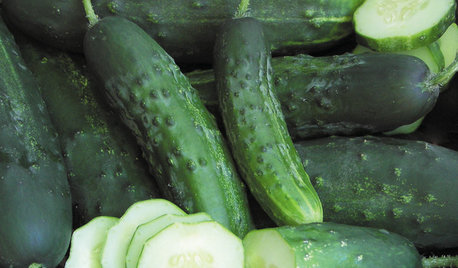
SUMMER FRUITS AND VEGETABLESSummer Crops: How to Grow Cucumbers
Pick a peck for pickles or opt for fewer and raw — no matter how you slice them, cucumbers are great for summer gardens small to large
Full Story
COOL-SEASON CROPSCool-Season Vegetables: How to Grow Radishes
Fast growing and bright, these easy-care veggies are great for kids and bring plentiful color to a fall or spring garden
Full Story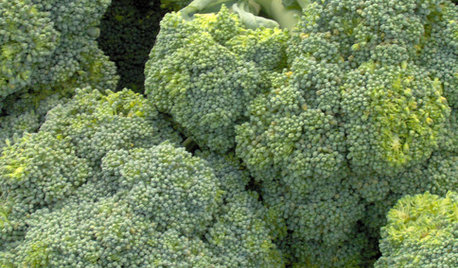
COOL-SEASON CROPSCool-Season Vegetables: How to Grow Broccoli
Packed with vitamins, broccoli is a nutritional powerhouse and is easy to grow in a fall or spring garden
Full Story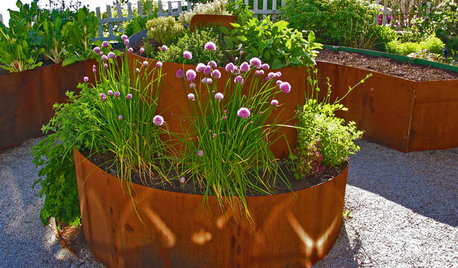
URBAN GARDENSContainers Make Growing Edibles a Cinch
If life hands you a lack of land, grow lemons — with a few basics, you can proudly reap the fruits, veggies and herbs of your labor
Full Story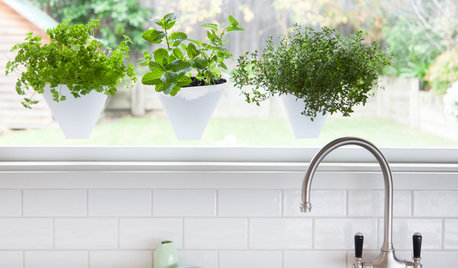
HERBSHow to Grow Herbs Indoors
Have a sunny window? Enjoy the flavor of fresh herbs year-round by growing them in the house
Full Story
COOL-SEASON CROPSCool-Season Vegetables: How to Grow Carrots
More than just a bunny food, easy-to-grow carrots add lacy good looks to a fall or spring garden
Full Story
EDIBLE GARDENSGrow Plum Hybrids for Your Favorite Fruit Flavors
Plums are cozying up with apricots, peaches and even cherries — here’s how to grow these hybrids for the best aspects of each
Full Story
EDIBLE GARDENSSummer Crop: How to Grow Blueberries
Plant blueberries in spring or fall for garden beauty through three seasons — and a sweet superfood in summer
Full Story
HOUSEPLANTSHow to Grow Orchids Indoors
Orchids are the exotic aristocrats of the flower world and can make themselves comfortable in almost any home
Full Story





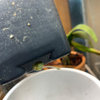
object16
hartwood
Related Professionals
Benbrook Landscape Architects & Landscape Designers · Glassmanor Landscape Architects & Landscape Designers · Oatfield Landscape Architects & Landscape Designers · Taylorsville Landscape Architects & Landscape Designers · Waunakee Landscape Architects & Landscape Designers · Norwood Landscape Contractors · Centereach Landscape Contractors · Dudley Landscape Contractors · Englewood Landscape Contractors · Madera Landscape Contractors · Red Oak Landscape Contractors · Smyrna Landscape Contractors · The Woodlands Landscape Contractors · Winchester Landscape Contractors · Brooklyn Roofing & Guttersironhat2Original Author
jim_east_coast_zn7
ironhat2Original Author
dmaivn
ironhat2Original Author